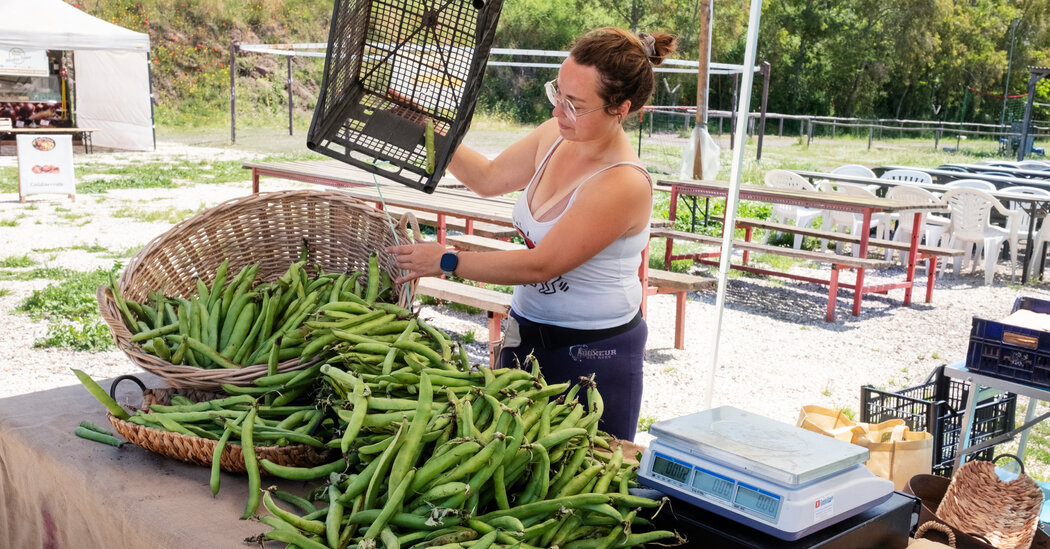As hungry Italians at the Festival for the Fava Bean lined up in a field in the Roman countryside to order fava and pecorino cheese, fava and porchetta, cream of fava on top of pasta or simply brown bags loaded with fresh fava, the manager of an adjacent garden spoke of the witch-fingered legume with dread.
“We search for them and rip them out,” said Francesco Urso, 72, pointing at a sign that read “The planting of Fava is banned.” The leathery green pod bulging with indented oval beans may be delicious, great for the soil and a cherished Roman springtime snack, Mr. Urso said, but the issue was one of life or death.
“Favism,” he said.
While many Romans celebrate the fleeting May fava season and the coming of spring with fava-heavy picnics outside the city walls, sufferers of favism live in fear. For those with the blood disorder — which Lucio Luzzatto, a leading scientist in the field, said spread throughout the Mediterranean, Africa and the Middle East because it offered some protection against malaria — exposure to fava beans can cause acute hemolytic anemia; induce jaundice; enlarge the spleen; and prompt heart failure and death.
Around Rome this time of year, warning signs reading “In this place fresh fava are served” are taped to restaurants and markets. The near-death experiences of favism-afflicted celebrities go viral. “In the period of the fava, be careful,” implored Ginevra Pisani, a television starlet who described on her social media feed turning “completely yellow, green” and fainting as her “red blood cells committed suicide.”
“And I thought they were good for you, these fava,” she added bitterly.
Many Italian towns have introduced ordinances banning the cultivation of fava beans within hundreds of meters of schools or the homes of the vulnerable, as some favism sufferers say a mere whiff of the insidious fava pollen can set off an attack.
Sardinia, the southern Italian island where about 10 percent of the population has favism, with the number hitting 13 percent in the south, has developed some remedies over the years.
“To heal me when I was little, they laid me down and put me up to my face in ox crap,” said Beatrice Brundu, 78, from the small Sardinian town of Perdasdefogu. “And it cured me. Now, they just give me pills.”
But despite the prevalence of the disease, fava beans are unavoidable throughout Italy, especially in Rome in May. They tangle in fresh market crates, freshen up dishes laden with…
Click Here to Read the Full Original Article at NYT > Travel…
